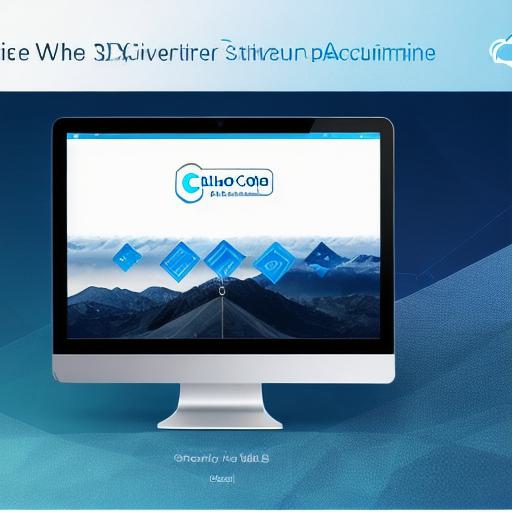Revolutionizing the Web with Cloud 9 Web3 Technologies: How to Build Decentralized Applications (DApps) and Stay Ahead of the Game
Are you tired of centralized systems controlling your online experiences? Do you want to build a future where users have more control over their data and applications? Then you’re in luck! Cloud 9 Web3 Technologies are revolutionizing the way we build decentralized applications (DApps) and interact with the web.
In this article, we will explore the benefits of using Cloud 9 Web3 Technologies to build DApps, discuss real-life examples of successful DApps built with these technologies, and provide guidance on how to get started building your own. We’ll also touch on some common questions and concerns about DApps and cloud computing in general.
What are Cloud 9 Web3 Technologies?
Cloud 9 Web3 Technologies refer to a suite of tools, platforms, and protocols that enable developers to build decentralized applications on the blockchain. These technologies include:
- Smart contracts: Self-executing programs that automate tasks and enforce rules on the blockchain.
- Decentralized storage: Platforms like InterPlanetary File System (IPFS) that allow users to store and retrieve files in a decentralized manner.
- Distributed databases: Systems like Apache Cassandra and Hyperledger Fabric that enable distributed data storage and management.
- Tokenization: The process of creating digital representations of assets, such as stocks or real estate, that can be traded on the blockchain.

Why Use Cloud 9 Web3 Technologies?
There are several reasons why using Cloud 9 Web3 Technologies to build DApps is becoming increasingly popular:
Decentralization
One of the key benefits of DApps built with Cloud 9 Web3 Technologies is that they are decentralized. This means that there is no central authority controlling the application or its data, which can provide greater security and privacy for users.
Scalability
Cloud 9 Web3 Technologies enable developers to build applications that scale horizontally, meaning that they can handle a large number of users without sacrificing performance. This makes them well-suited for applications with high user traffic or complex data structures.
Transparency
DApps built with Cloud 9 Web3 Technologies are transparent, meaning that all transactions and interactions on the application are visible to anyone who wants to see them. This can help build trust in the application and its users, as well as provide valuable insights into user behavior and preferences.
Real-Life Examples of Successful DApps Built with Cloud 9 Web3 Technologies
There are already several successful DApps built with Cloud 9 Web3 Technologies that you may be familiar with:
Cryptokitties
Cryptokitties is a decentralized application built on the Ethereum blockchain that allows users to buy, sell, and breed unique digital cats. The application uses smart contracts to automate tasks like buying and selling, as well as to manage the unique attributes of each cat.
Filecoin

Filecoin is a decentralized storage platform built on the IPFS protocol. It allows users to store and retrieve files in a peer-to-peer network, without relying on a centralized server. This can provide greater security and privacy for users, as well as reduce costs associated with storing large amounts of data.
Balanc3
Balanc3 is a decentralized lending platform built on the Ethereum blockchain that allows users to borrow and lend Ether (ETH) without relying on a central authority. The application uses smart contracts to automate tasks like issuing loans and collecting repayments, as well as to manage risk and credit scores for borrowers.
Getting Started with Cloud 9 Web3 Technologies
If you’re interested in building your own DApp with Cloud 9 Web3 Technologies, here are some steps
